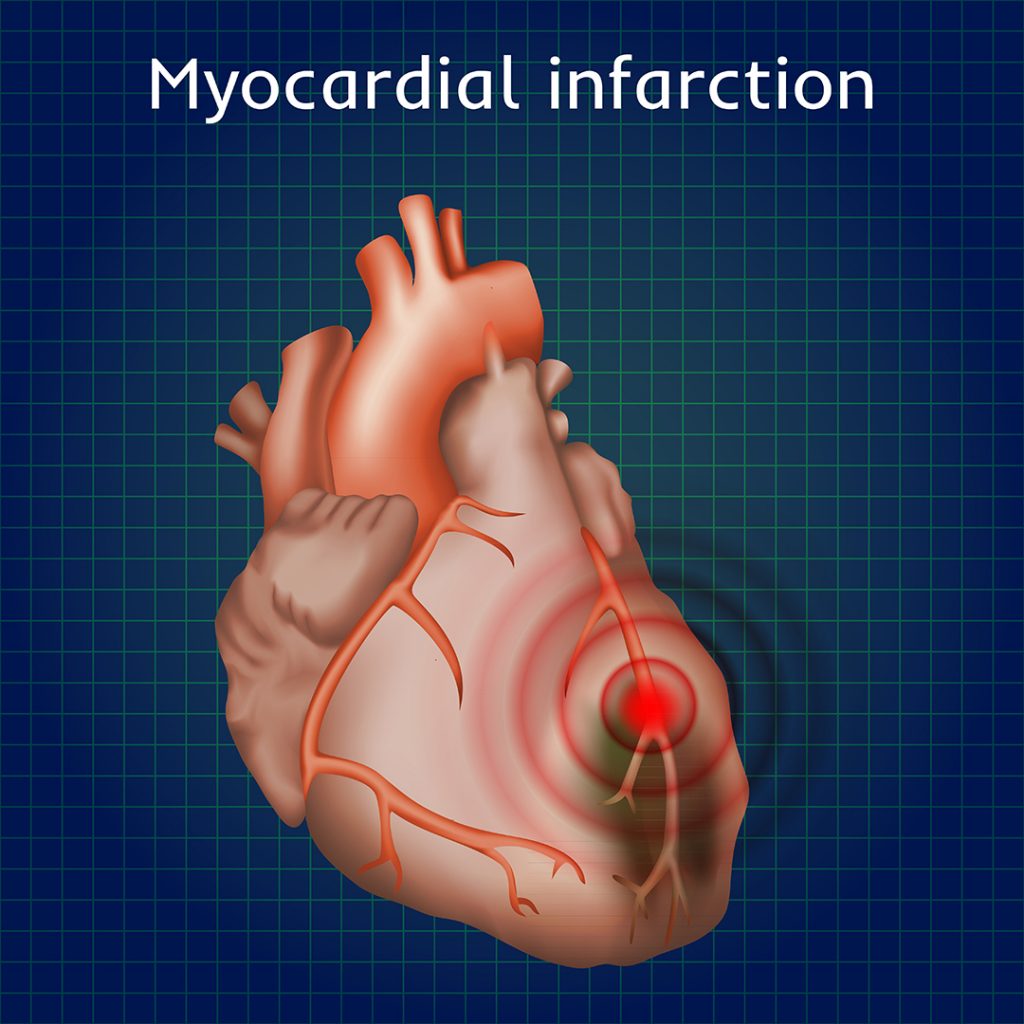Arq. Bras. Cardiol. 2023; 120(12): e20230364
Invasive Versus Conservative Management of NSTEMI Patients Aged ≥ 75 Years: Commentary
Dear Editor,
In the edition of Arquivos Brasileiros de Cardiologia, Mengjin Hu et al. evaluated the benefit of early invasive strategy for elderly patients with non-ST-elevation myocardial infarction (NSTEMI), concluding that this strategy yields positive results in reducing myocardial infarction, major adverse cardiac events, and urgent revascularization outcomes. However, we have concerns regarding the authors’ claim of superiority and the relevance of the chosen outcomes for this specific population. Firstly, these outcomes (ischemia-driven outcomes) are mostly surrogate endpoints based on troponin levels. To establish the surrogacy of one outcome to another, several factors need to be considered, including biological plausibility, associations in observational studies, and, most importantly, proof of concept through trials where improving the surrogate endpoint also enhances clinical outcomes. In this sense, evidence shows that the association between nonfatal myocardial infarction and all-cause or cardiovascular mortality meets the first two levels; however, a meta-analysis of randomized clinical trials did not establish nonfatal myocardial infarction as a surrogate for all-cause or cardiovascular mortality. Indeed, this is a reproducible relationship in short and long term outcomes; the metanalysis of FRISC-II, ICTUS, and RITA-3 showed that, after five years, early invasive strategy for patients with NSTEMI did not result in reduced mortality despite the benefits seen in ischemia-driven outcomes.
[…]
628

